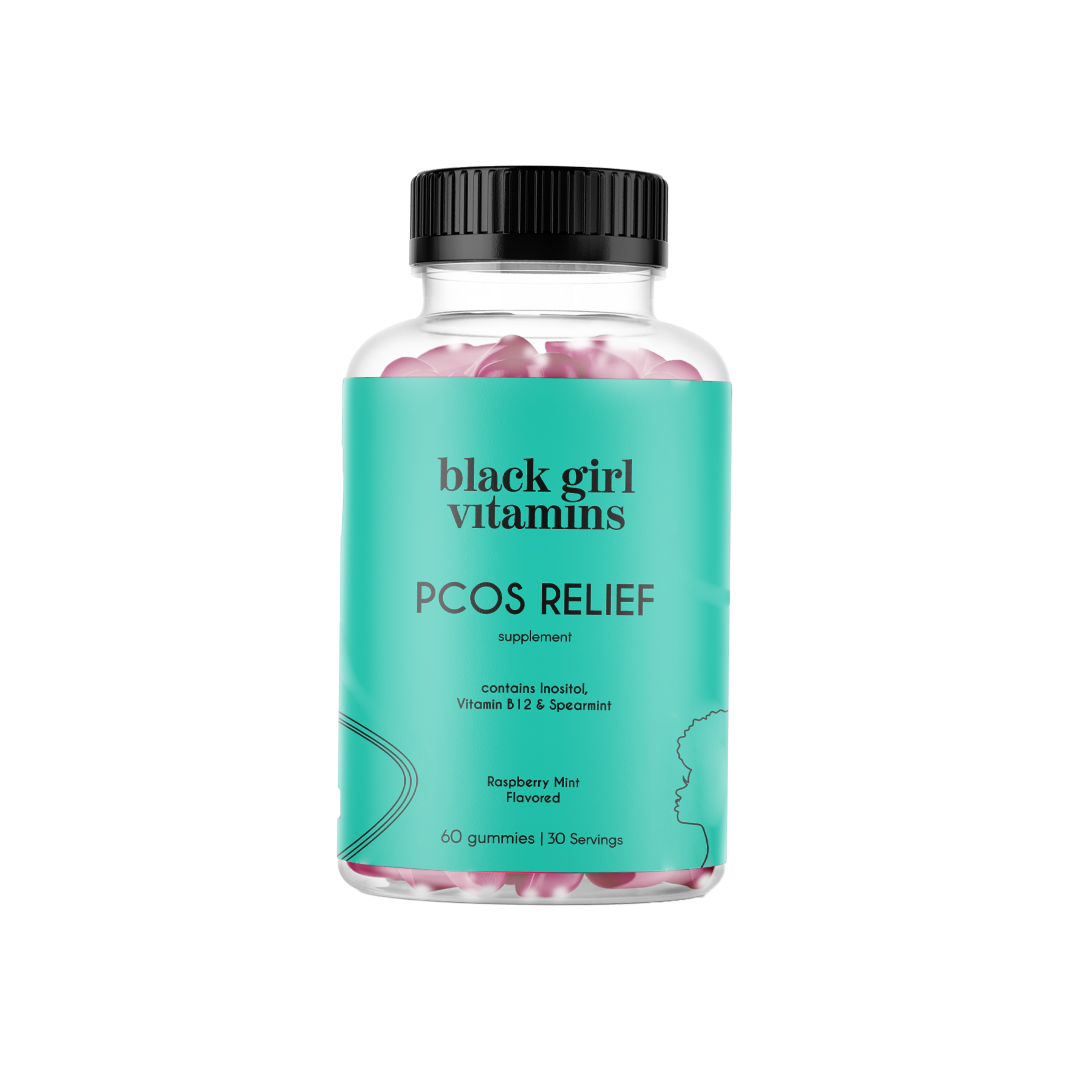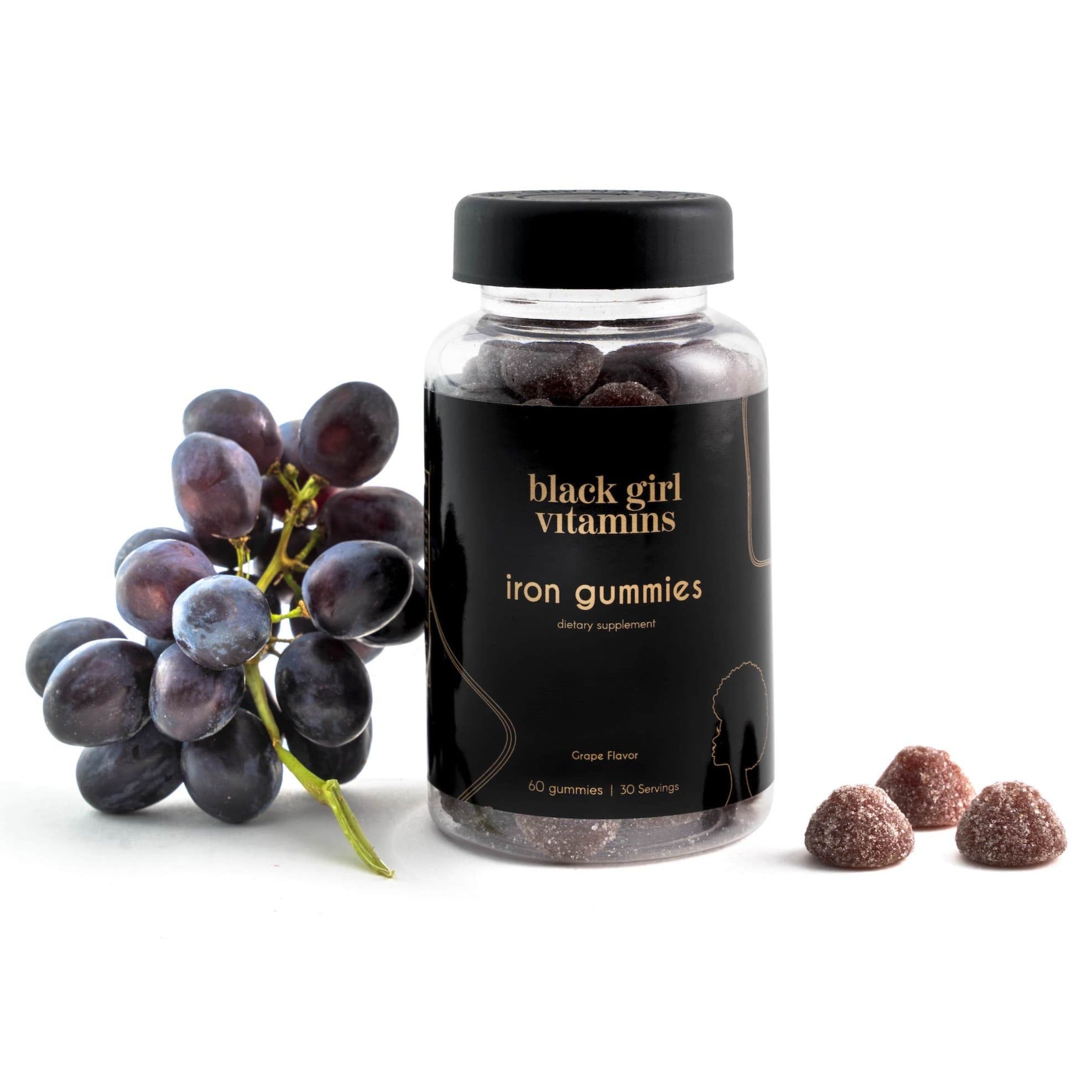How To Get Rid of Menopause Belly: Effective Tips and Strategies

Menopause is a natural stage of life, but it can bring new questions, such as how to get rid of a menopause belly. As estrogen levels fall, your body will generally store more fat around your midsection. This dynamic is a major factor behind menopausal weight gain.
Perimenopause and menopause will often lead to changes in your insulin resistance. This makes it harder for your body to regulate blood sugar and may lead to the development of more body fat around your abdomen.
Other factors, such as higher cortisol levels from stress and not getting enough sleep due to night sweats or hot flashes, can also play a role. Undeniably, this stage of your life can be challenging, but understanding these changes will be the first step toward tackling menopause belly and supporting your overall health.
Can You Lose Belly Fat During Menopause?
If you want to reduce belly fat during menopause, you’ll want to combine lifestyle changes focused on weight management.
One of the most effective strategies is to adjust your eating habits to support a healthy weight. You can start by consuming fewer calories while providing your body with all the necessary nutrients.
The Mediterranean diet has shown great promise for menopausal women who want to lose weight. It’s rich in healthy fats such as olive oil, whole grains, and lean proteins and has been shown to promote weight loss and combat body fat, including in the midsection. Reducing your intake of refined carbohydrates, which can lead to insulin resistance, is another key step.
Physical activity is another great strategy. Strength training will help you maintain and build muscle mass, which is important as it naturally declines during menopause. This will also make it easier to burn calories while at rest.
Equally important, aerobic exercises such as walking, swimming, or cycling can help burn calories while reducing visceral fat, which tends to accumulate during menopause. With a combination of these strategies, you can help manage the hormonal changes that influence your weight gain.
What Dietary Changes Are Recommended To Reduce Menopause Belly?
Because menopause can inhibit your natural insulin resistance, you want to choose foods that promote stable blood sugar.
Nutrient-rich meals like those recommended in the Mediterranean diet can help regulate your blood sugar. You’ll feel full longer, which further supports your weight loss goals.
You can also try reducing pastries, foods made with white flour, and other refined carbs, which can cause blood sugar spikes and contribute to weight gain in your midsection. Limiting processed foods, sugary snacks, and high-carb meals can significantly affect how your body stores fat.
Can Supplements Help Me Get Rid of My Menopause Belly Fat?
Some supplements and vitamins can support your weight loss goals during menopause. Vitamin D and calcium are essential for maintaining bone health and overall well-being.
You may also want to consider a supplement designed to support menopause symptoms, including weight gain, from Black Girl Vitamins.
How Does Physical Activity Help With Menopausal Weight Gain?
Physical activity is one of the most effective ways to manage menopausal weight gain, especially when it comes to belly fat.
For the most success, you will need to balance aerobic exercise and strength training to reduce body fat and improve muscle mass. Aim for at least 150 minutes of moderate aerobic activity per week, along with strength training exercises at least twice a week.
Aerobic activities burn calories and target visceral fat. You can choose activities like brisk walking, cycling, or swimming.
Strength training workouts, such as lifting weights, using resistance bands, or doing bodyweight exercises such as squats or lunges can help build and preserve your muscle mass, boosting your metabolism and aiding in fat loss. This works because the more muscle you maintain, the more efficiently your body can burn calories, even at rest.
Increasing your physical activity can also reduce other menopause symptoms, such as mood swings, hot flashes, and lack of sleep. Regularly exercising can help balance your hormones, and improve your mood. It can also lower cortisol levels, the stress hormone that contributes to weight gain, especially around your abdominal area.
Staying active will do more than help you lose belly fat; it can also reduce your risk of health problems like heart disease, high blood pressure, and insulin resistance.
Don’t Let Menopause Weigh You Down
By combining a balanced, healthy diet with strengthening training and aerobic exercise, you can reduce your abdominal fat, improve your energy levels, and support a healthy weight.
Minimizing your risks of conditions like cardiovascular disease, which can become more common during the menopause transition, is another benefit you will enjoy with these simple lifestyle changes.
If these changes aren’t enough, you may want to consult a healthcare provider. They can offer personalized advice, discuss the possibility of low-dose estrogen hormone therapy, and help you navigate the other health risks associated with menopausal women.
Sources:
Weight, Shape, and Body Composition Changes at Menopause | National Library of Medicine



























